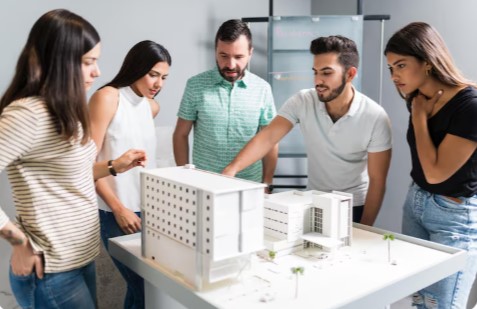The structural integrity and longevity of a home are its most valuable assets, ensuring safety, stability, and sustained property value over generations. A proactive approach to maintenance and strategic upgrades is far more cost-effective than reactive repairs necessitated by neglect.
The lifespan of a residential structure is determined by its ability to resist environmental stressors, moisture intrusion, and wear and tear on foundational elements.
By focusing on critical areas—from the foundation to the exterior envelope—homeowners can actively preserve and significantly increase the durability and resilience of their most important investment.
1. Maintain a Dry and Stable Foundation
The foundation is the very base of your home’s longevity. Ensure the foundation remains dry by maintaining proper grading around the perimeter, allowing water to drain away from the house. Clean and extend downspouts to carry rainwater well clear of the base.
Periodically inspect the foundation for cracks. Addressing minor hairline cracks quickly prevents moisture intrusion, which can compromise concrete integrity and lead to structural shifting over time.
2. Ensure Proper Attic Ventilation and Insulation
Poor attic health is a silent killer of a home’s structure. Inadequate ventilation traps moisture from daily living (showering, cooking) and leads to condensation, which causes mold, wood rot in the rafters, and breakdown of roof decking.
Ensure soffit and ridge vents are clear and functioning correctly, working with professional services to establish optimal airflow. This prevents structural degradation from the top down and preserves the structural wood framing.
3. Protect the Exterior Envelope with Siding Replacement Services
The siding is the primary shield against weather, UV radiation, and pests. Over time, worn or damaged siding can allow water to penetrate the wall cavity, leading to extensive, hidden rot in the wall studs. Investing in quality siding replacement services is a critical preventative measure.
Modern, durable materials like fiber cement or high-quality vinyl offer superior protection, require minimal maintenance, and seal the building envelope against the environmental forces that accelerate decay.
4. Monitor and Repair the Roofing System Regularly
The roof is the first line of defense. Conduct visual inspections of the roofing system at least twice a year, looking for missing, cracked, or curled shingles.
Clean gutters consistently to prevent ice dams and water pooling. Promptly addressing minor leaks or damage ensures that water does not compromise the underlying structural trusses and sheathing, which are expensive and complex to repair once saturated.
5. Leverage Quality Workmanship from a Custom Home Builder
If you are constructing a new home, the decision of who builds it is final. Partnering with a reputable custom home builder ensures the initial structure utilizes high-quality, durable materials and adheres to the most rigorous construction practices.
A builder committed to longevity will apply superior flashing techniques, use robust framing practices, and ensure foundational elements are installed correctly, laying a stable groundwork for decades of structural life.
6. Regularly Check and Upgrade Plumbing and Electrical Systems
While not strictly structural, outdated plumbing and electrical systems pose significant structural risks. Leaking pipes cause wood rot and mold, and old, overloaded wiring presents a fire hazard that can lead to total structural loss.
Regularly inspect exposed pipes for corrosion and consider updating galvanized or polybutylene plumbing. Similarly, ensure your electrical panel can safely handle your home’s current power demands, preventing catastrophic failure.

